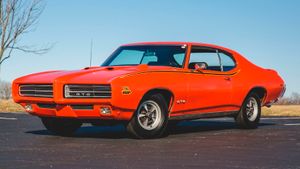Many of the vehicles onboard were damaged.
Transporting cars can be risky business, whether you’re loading them onto a trailer, car carrier, or a ship. This was clearly demonstrated when a ship called the Hoegh Osaka ran aground in the Solent while carrying numerous British luxury vehicles, including quite a few Range Rovers, Jaguars, and Minis. When all was said and done back in January of 2015, the ship was stranded for 19 days and the case has since been used as an example of how things can go terribly by making a few critical errors at sea.
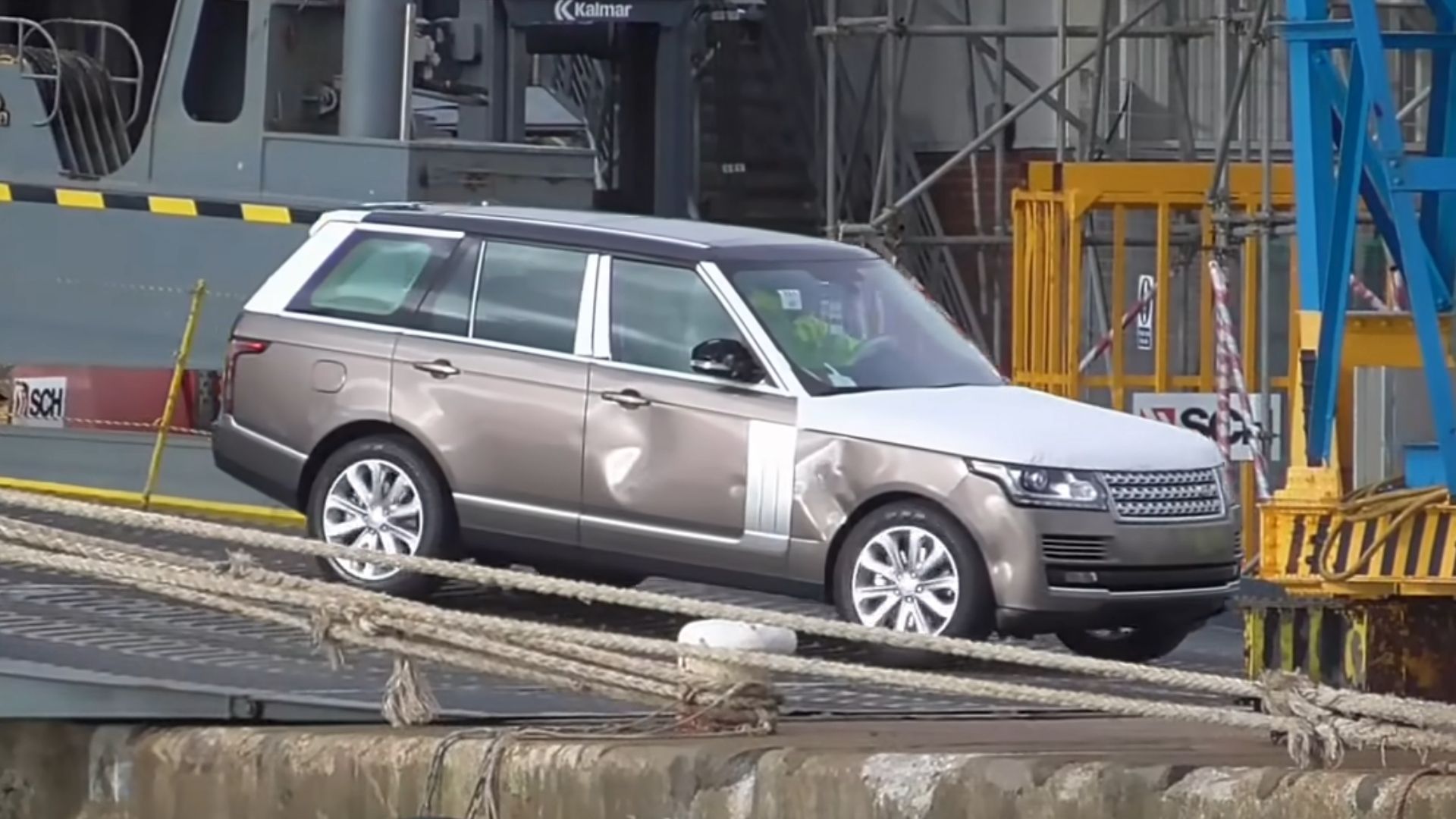
While some of the luxury cars and SUVs were able to be driven off the ship once it was rescued and brought to port, others were water damaged and had to be unloaded using forklifts. While some of the vehicles coming off the ship appeared undamaged, others had large dents and other signs of the chaos at sea. Of the 25 crew members, nobody was killed and only one person was seriously injured.
Perhaps the biggest and first mistake made by the crew was allowing significantly more weight to enter the ship than what was originally estimated. The blame for this mistake is likely spread among quite a few people, and that’s the most shocking part, it was a systemic breakdown instead of just one guy not paying attention. For example, the Land Rovers on the ship were listed as weighing two tons each, when the actual weight is far more than that. All that extra weight left the Hoegh Osaka unstable as if left the port at Southampton, England and set off for Bremerhaven, Germany on January 3.
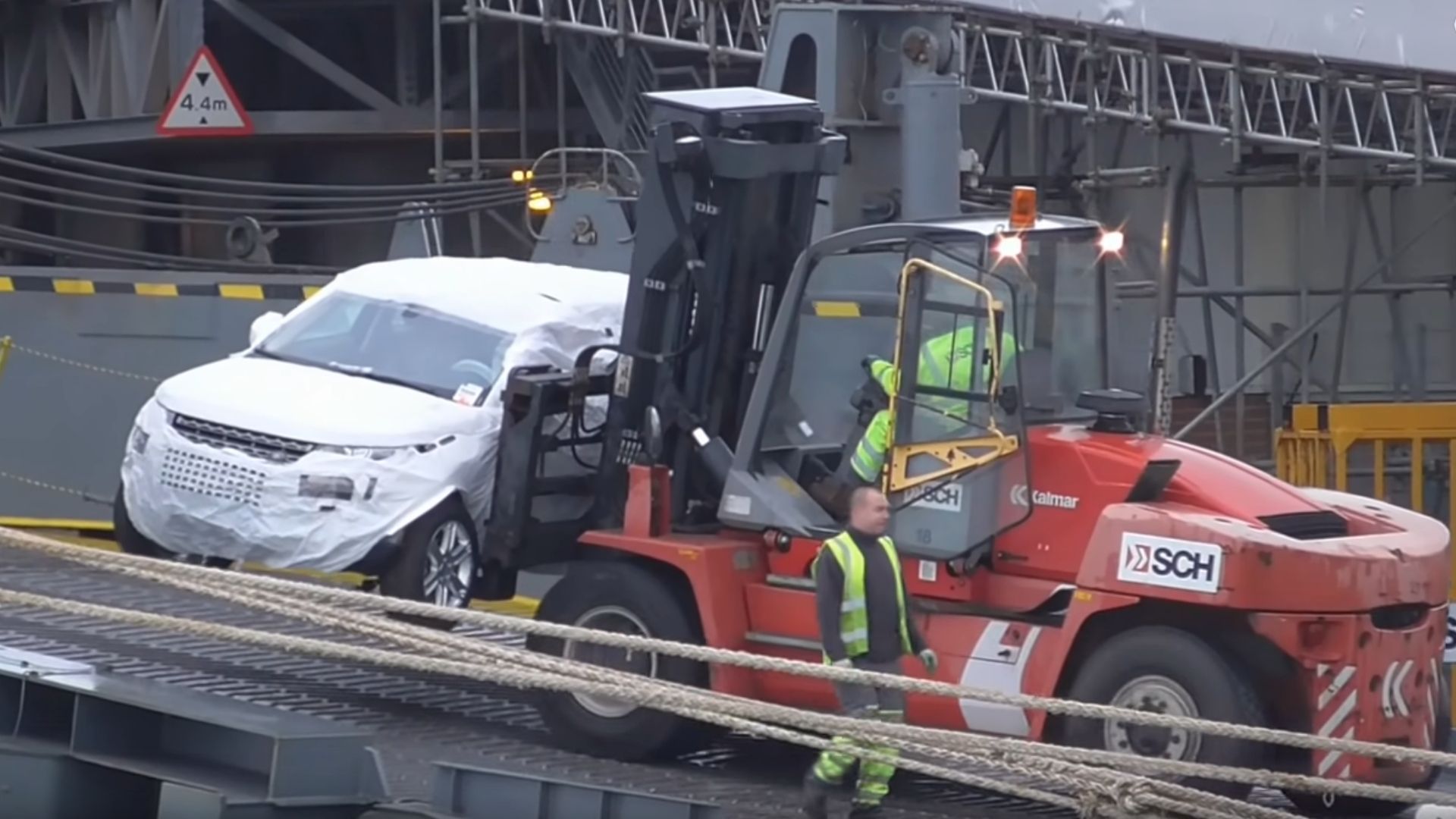
As the ship went around a buoy in the Solent, it started to tip toward the starboard side. That caused cars and other cargo onboard to slide to that side of the ship, making the problem worse. Then the ship began to floor, accentuating the problem even further. As you can see in the pictures, it doesn’t look to be sitting as it should in the water, not by a long shot. In fact, it was so bad the rutter and propeller were lifted out of the water, leaving the Hoegh Osaka to just drift. Thankfully, it ran aground in shallow water, or things could have gone much worse.
Investigators were told by witnesses, presumably crew on the ship or workers at the docks that like other car carrier boats, data about the weight of the cargo is often inaccurate. This means the actual stability condition of a ship isn’t calculated once the ship is loaded but before it sets off into open waters, a tremendous risk which presumably hadn’t resulted in an accident until this one.
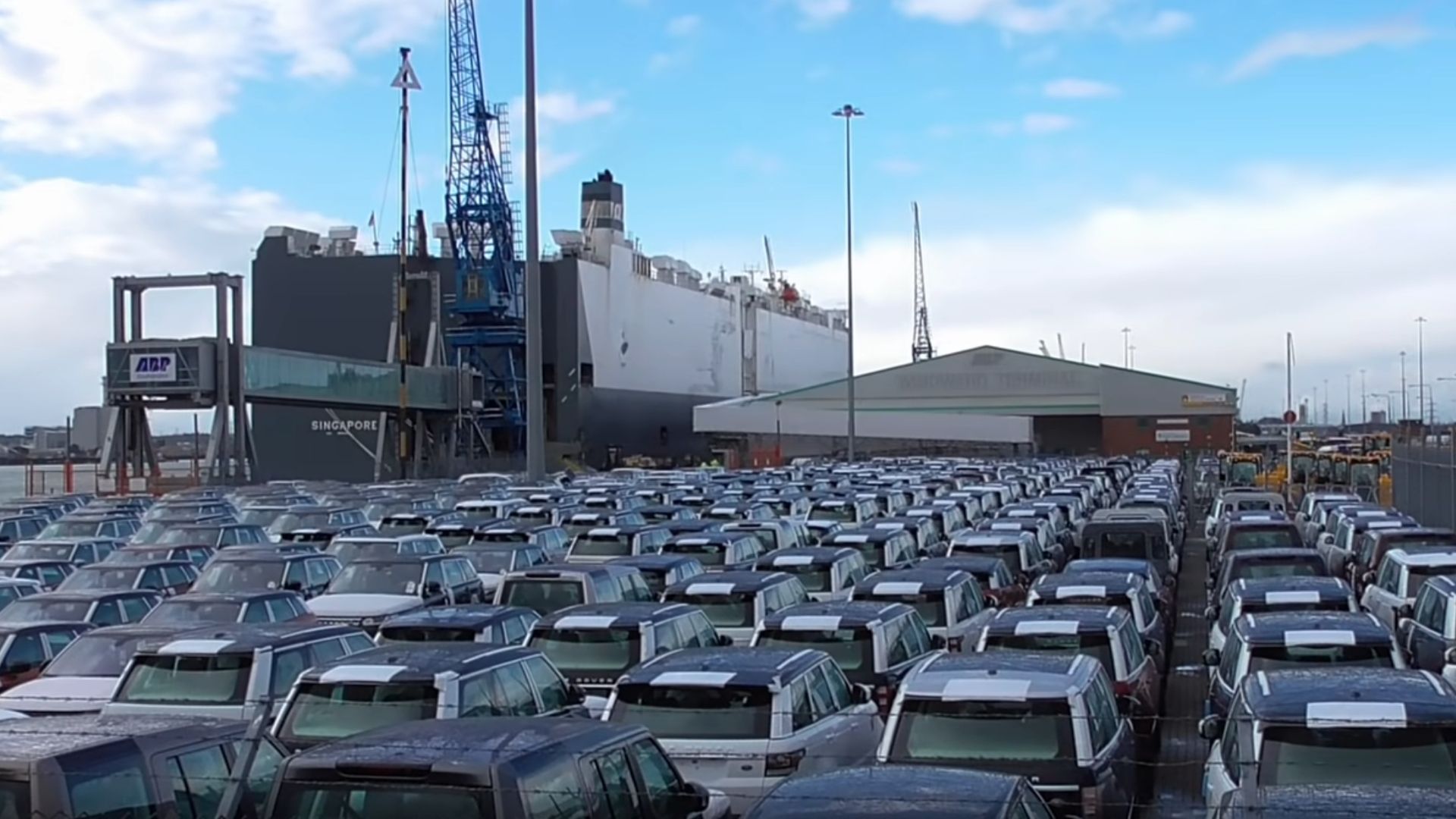
There was no stability estimation done after all the cargo was loaded on the ship, even though it was supposed to happen. According to the report, that had become a regular practice in the car carrier sector.
Another conclusion of the investigation was that the chief officer of the ship falsified data for the ballast tank soundings. He simply believed he knew how much ballast water was in each tank, not bothering to take actual measurements.
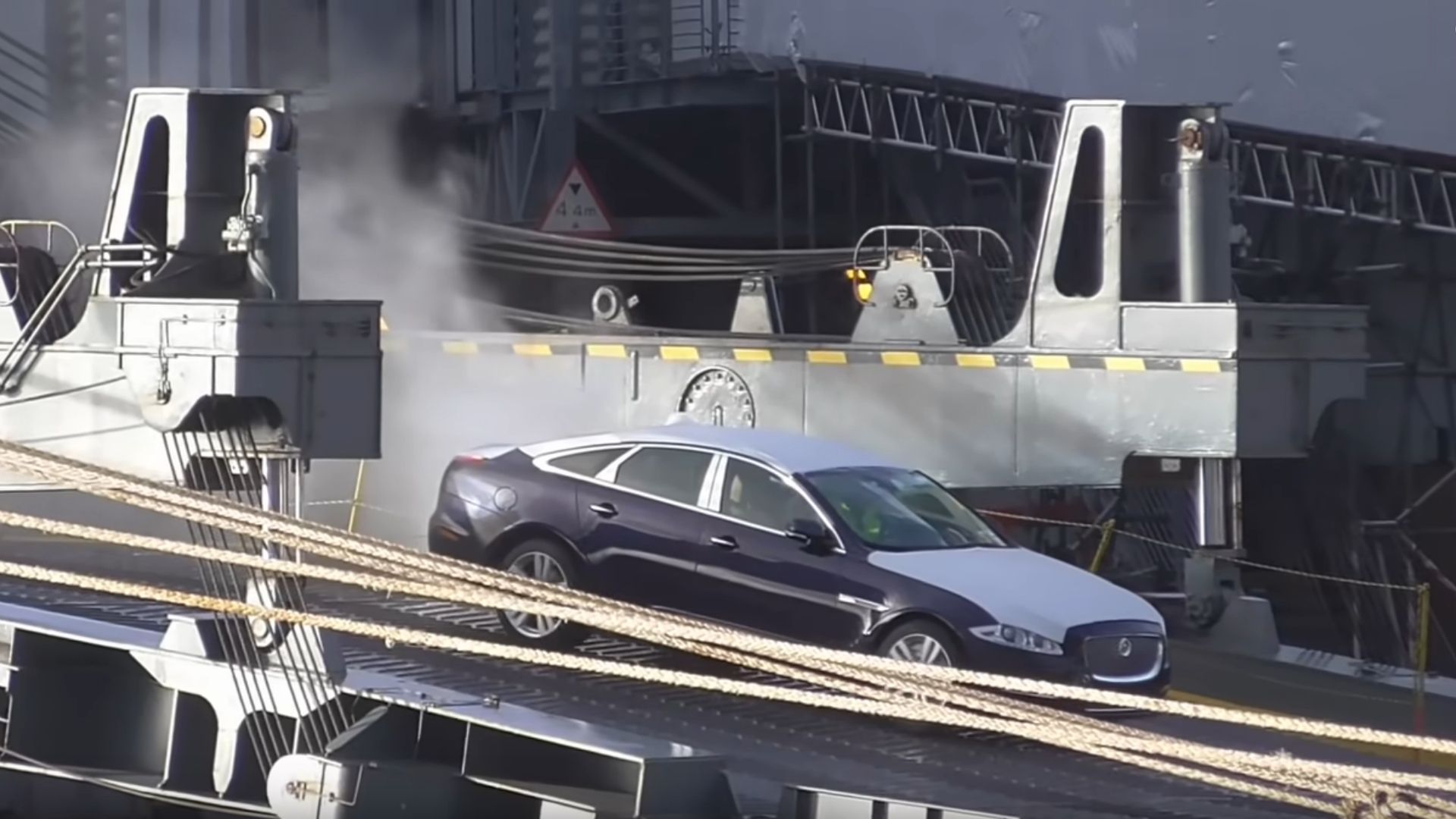
In other words, a lot of corners were cut and the report makes it apparent that was the culture of this and probably other car cargo ships. Considering the tremendous cost of salvaging the Hoegh Osaka and its cargo should be an expensive lesson in following laws and protocols since they exist for a reason.
Source: BBC





